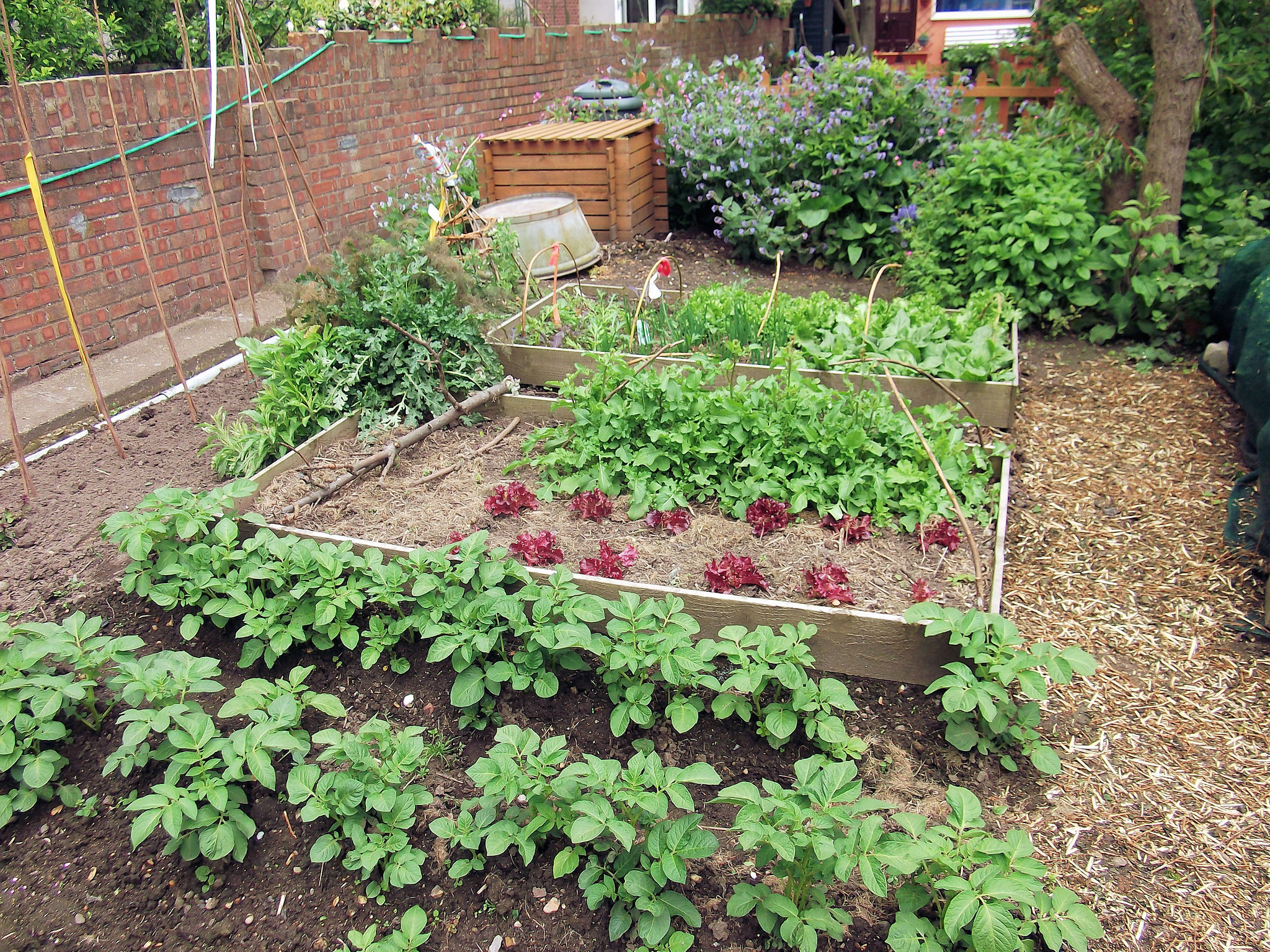How to start your own vegetable garden
With concern growing over the distance that modern meat and produce travels just to land on our plate, the local food movement has grown by leaps and bounds over the past decade or so. While many are content to buy from regional farmers at their local market, many want to take the next step by unlocking the potential of the fertile soil that sits on their own property.
With a little planning and some sweat equity, it is simpler than you think to learn how to start your own vegetable garden. Take the first step towards increased food security for you and your family by following the steps outlined below…
Figure out what you want to grow
When you set out to start a garden, begin by deciding what vegetables you want to plant. Many people have the incorrect tendency to buy seeds for varieties that they plan on trying on the assumption that they will learn to like them.
Most of the time, this ends in having wasted an entire section of the plot on vegetables they detest, with much of the crop going into the compost instead their family’s stomachs. Do your experimenting by buying veggies from the produce section of the grocery store. This way, if you don’t take to a particular type of vegetable, you won’t end up with an unwanted harvest.
When you set out to create a vegetable garden, only seed plants that you know will get eaten by you and your family.
How much space are you going to need?
Now that you have chosen what you want to grow, you need to figure out how much of your yard that you will need to produce the yields you want to reap at harvest. If you have a small lot, you may have no choice but to accept a smaller garden, a reality that may limit the types, varieties, and number of seed you can sow.
Conversely, those that have a larger plot of land tend to plant too much if they proceed without a plan. Figure out expected yields from different configurations – many folks get more than enough veggies from a 10×10 foot lot, which easily fits on many small suburban lots that are de rigeur in the present day. Whatever size lot you may have you will likely want it fenced in, one way or another, to keep animals out.
Position your garden correctly
Next, you’ll need to study the land you have around your house you see which parts are best suited to growing food crops. Most varieties love to bask in the sun, so be sure not to break ground in a perpetually shady spot if this is the case.
Following this, check the quality of the soil in suitable locations, as soil that is moist and drains well does better than dry, dusty soil or spots that are flood prone after a heavy downpour.
Choose your setup and start building the garden accordingly
Now that you have found your ideal spot to begin your garden, pirece the earth with a spade shovel and begin loosening the soil, or use a tiller machine if you want to make this step less of a chore. After your soil has been broken up, weave in fertilizer or compost to enrich the ground.
After this, give the ground good raking and water it evenly and liberally. Let the earth be for a few days before you start planting … congrats on your new garden, and the best of luck to you!



